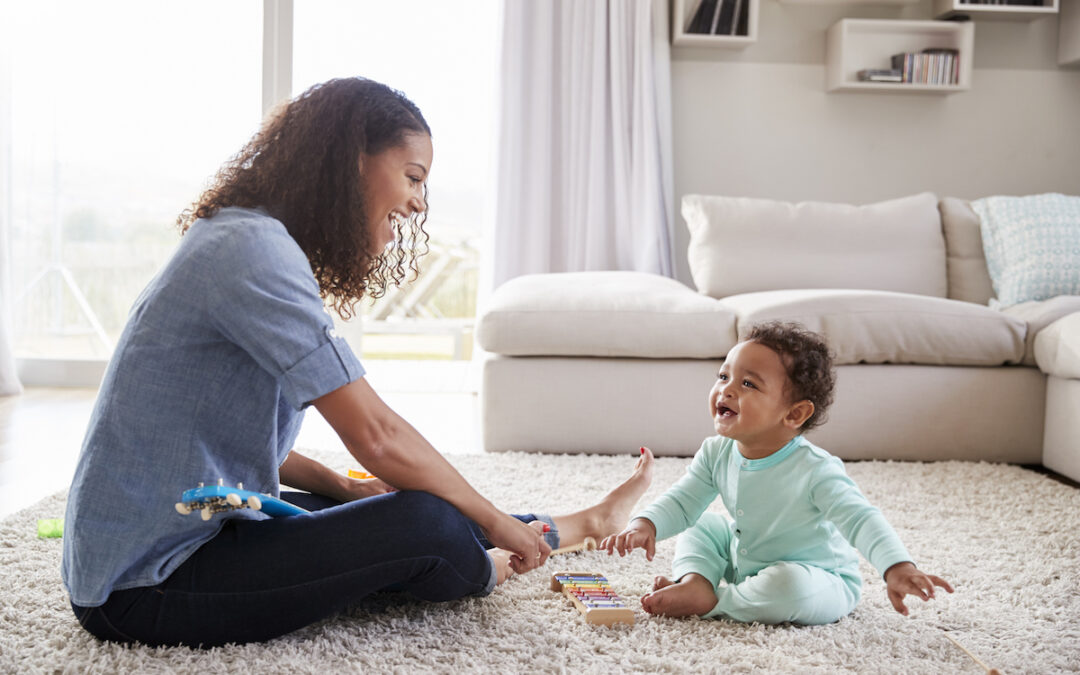In today’s fast-paced world, finding the right balance between activity and downtime is crucial for maintaining both mental and physical well-being. This is especially important for children, as they navigate through crucial developmental stages. While staying active through play and structured activities is essential for growth, adequate rest and downtime are equally important. This article explores why balancing activity and downtime matters, how it impacts children, and practical ways to incorporate this balance into daily routines.
Why Rest is Essential for Growth and Development
Rest is more than just sleep. It encompasses downtime that allows the brain and body to recharge. For children, this recharge time is essential for cognitive development. When children rest, their brains consolidate memories, which is critical for learning and retention. Research shows that children who get adequate sleep and have downtime are better able to focus, process information, and regulate emotions.
Moreover, physical rest is vital for growth. During sleep, the body releases growth hormones that aid in muscle and tissue development. This means that rest isn’t just about preventing fatigue; it’s a building block for physical growth. Without adequate rest, children can experience slowed growth, irritability, and difficulty concentrating.
The Role of Play in Child Development
Play isn’t just an activity; it’s a crucial part of a child’s development. Play encourages creativity, enhances problem-solving skills, and improves social abilities. Children learn to interact, negotiate, and share when they play with peers, fostering skills they will need throughout life.
Play also has physical benefits. Activities such as running, jumping, and climbing help develop motor skills, coordination, and balance. Beyond these physical benefits, play allows children to explore the world around them and understand social norms. The unstructured nature of play gives children the freedom to experiment and make mistakes, which is key to developing resilience.
Finding the Right Balance: How Much is Too Much?
While both rest and play are essential, finding the right balance can be challenging. Each child is unique, and their needs may vary. A general rule of thumb is to observe their behavior. If a child seems irritable, has difficulty focusing, or is frequently ill, it may be a sign that they need more rest. On the other hand, if a child is lethargic, unmotivated, or has difficulty engaging in social situations, they might need more play and physical activity.
The American Academy of Pediatrics (AAP) recommends that children aged 3 to 5 years old get at least 60 minutes of unstructured playtime each day. For school-aged children, the recommendation includes both structured activities and free play, balanced with adequate rest, including 9-12 hours of sleep.
Incorporating Downtime into Daily Routines
Creating a daily routine that includes rest and play doesn’t have to be complicated. The key is to ensure a variety of activities that allow for both stimulation and relaxation. Here are a few tips on how to do that:
- Schedule Quiet Time: Set aside specific times during the day when children can engage in quiet activities, like reading or drawing. This not only provides rest but also encourages creativity and self-reflection.
- Create a Rest-Friendly Environment: Ensure that your child’s room is conducive to rest. This means keeping it dark, cool, and free from distractions, especially around bedtime.
- Encourage Independent Play: Independent play is beneficial for self-regulation and gives children the chance to entertain themselves without relying on adults. This type of play can range from building blocks to pretend play, where children use their imagination.
- Incorporate Physical Activities: Physical activities are essential for energy release and muscle development. This could include outdoor play, dance, or organized sports. Aim to include at least an hour of moderate to vigorous activity each day.
- Limit Screen Time: Too much screen time can interfere with both rest and play. Set boundaries around screen use, especially before bedtime, as it can disrupt sleep patterns.
The Power of Routine: How Consistency Supports Balance
Routines provide children with a sense of security and help them know what to expect. A consistent routine that incorporates both active and rest periods throughout the day can promote balance. For example, setting specific times for meals, naps, and bedtime can help regulate a child’s internal clock, making it easier for them to fall asleep and wake up at the same time each day.
Routines also help children transition between activities. Moving from an energetic play session to a quiet time can be challenging, especially for younger children. Using routines and gentle reminders helps ease these transitions, ensuring that children feel more comfortable moving from one part of the day to the next.
Supporting Mental Well-being through Rest and Play
Balancing rest and play is not just about physical health; it also significantly impacts mental well-being. Play, particularly imaginative play, allows children to process emotions and explore different aspects of their personality. It serves as an outlet for expressing feelings they may not have the words for, such as frustration, joy, or sadness.
Rest, on the other hand, is essential for emotional regulation. When children are well-rested, they are better equipped to handle challenges and manage emotions. Rest provides the brain with the time it needs to process experiences, which is essential for emotional growth.
How Parents and Caregivers Can Foster Balance
Parents and caregivers play a crucial role in helping children find this balance. Being aware of a child’s needs and paying attention to signs of fatigue or overstimulation can guide adjustments to daily routines. Additionally, modeling balanced behavior can be impactful. When children see adults taking breaks and prioritizing rest, they learn that downtime is essential for well-being.
Finally, open communication is key. Encouraging children to express how they feel about their daily routines helps parents understand their needs better. This dialogue also provides children with the language they need to express their needs and preferences as they grow.
At Rising Stride, we understand the importance of this balance. Our programs are designed to provide children with both stimulating activities and opportunities for rest, helping them thrive in every aspect of their lives.

